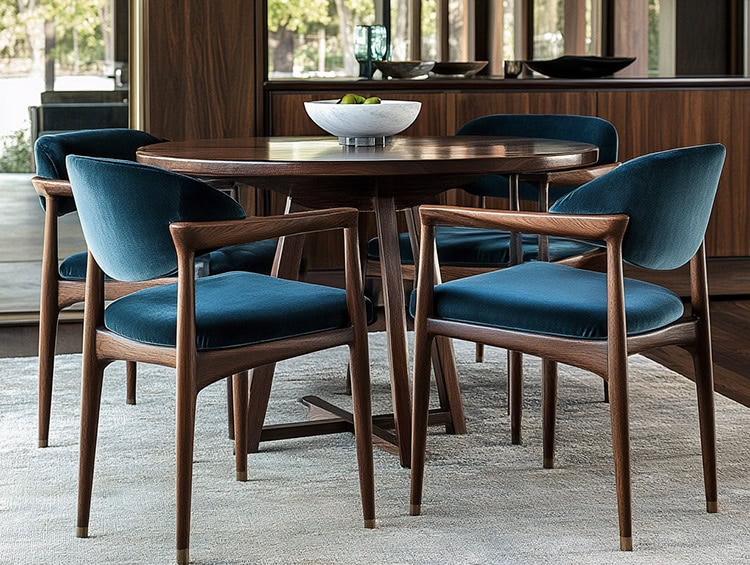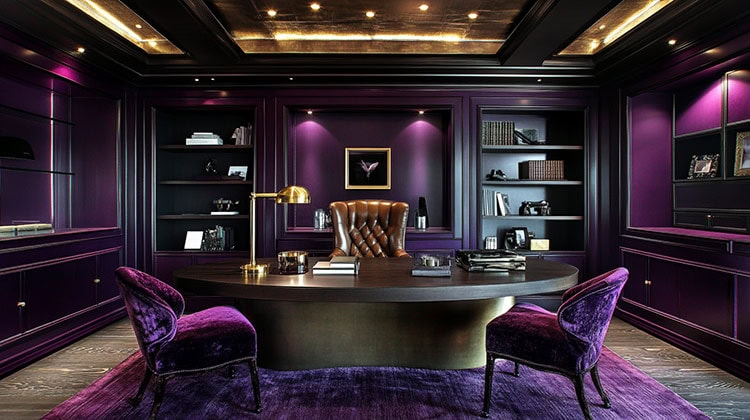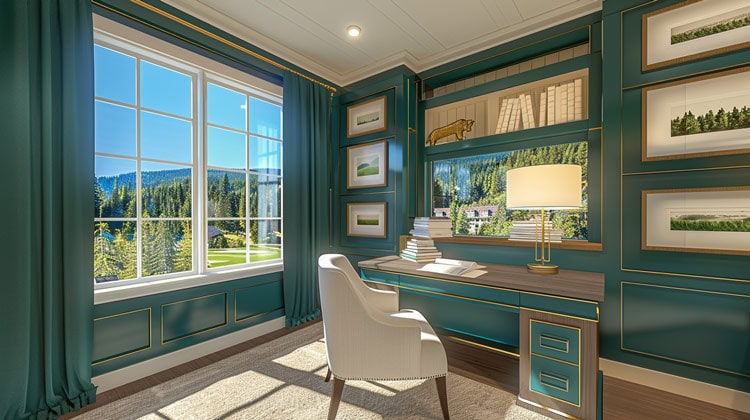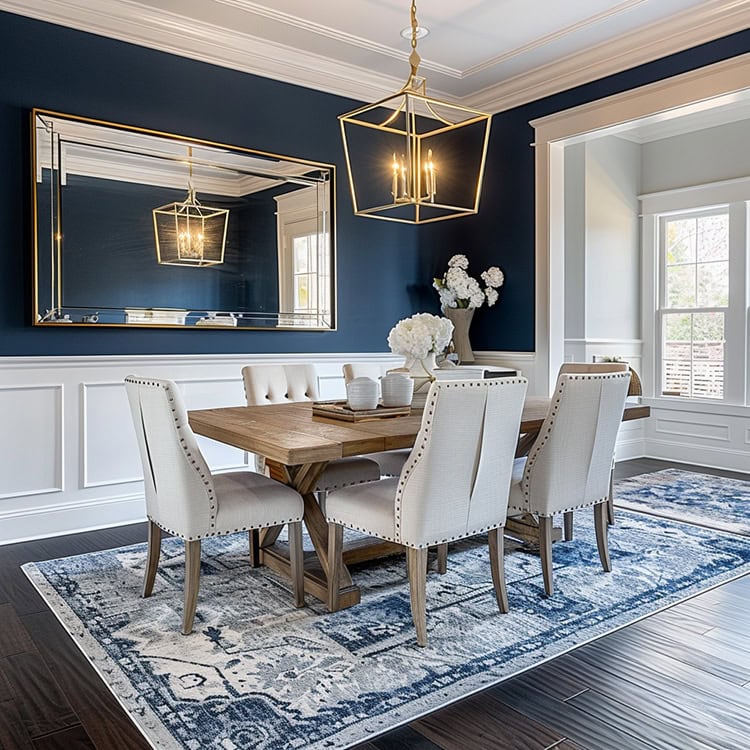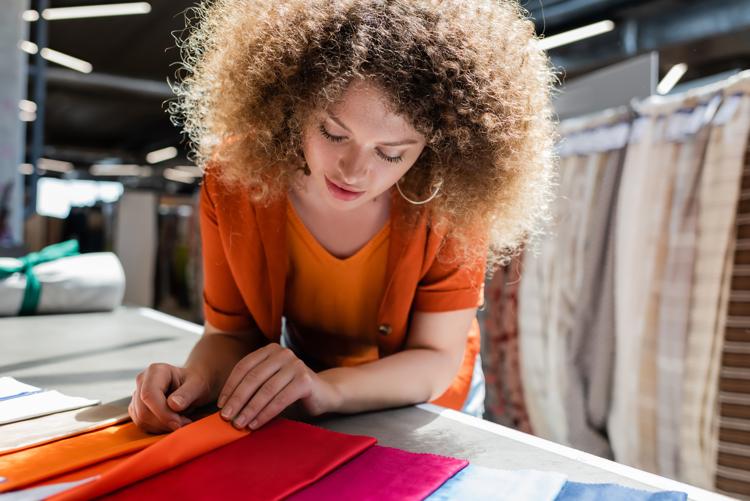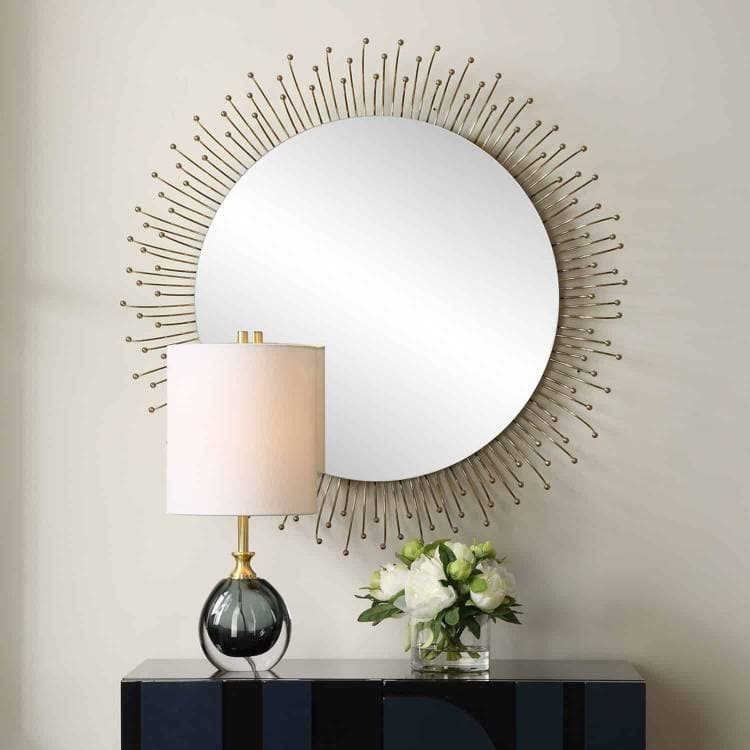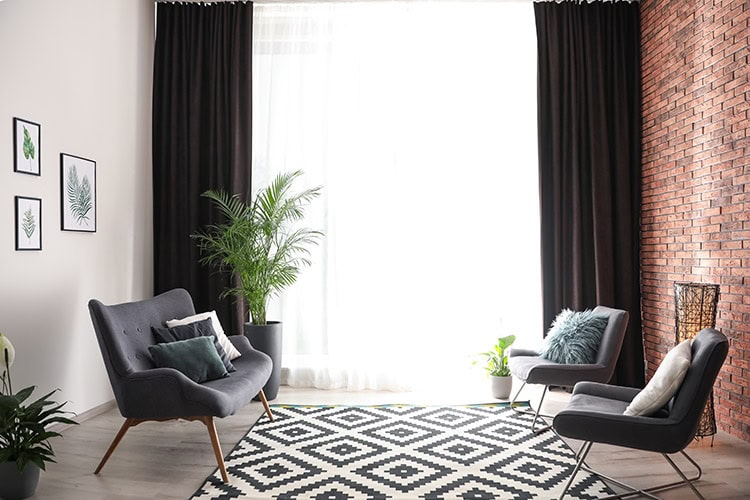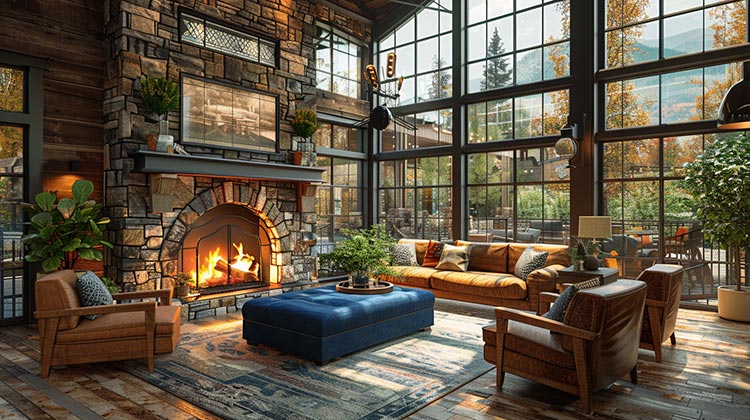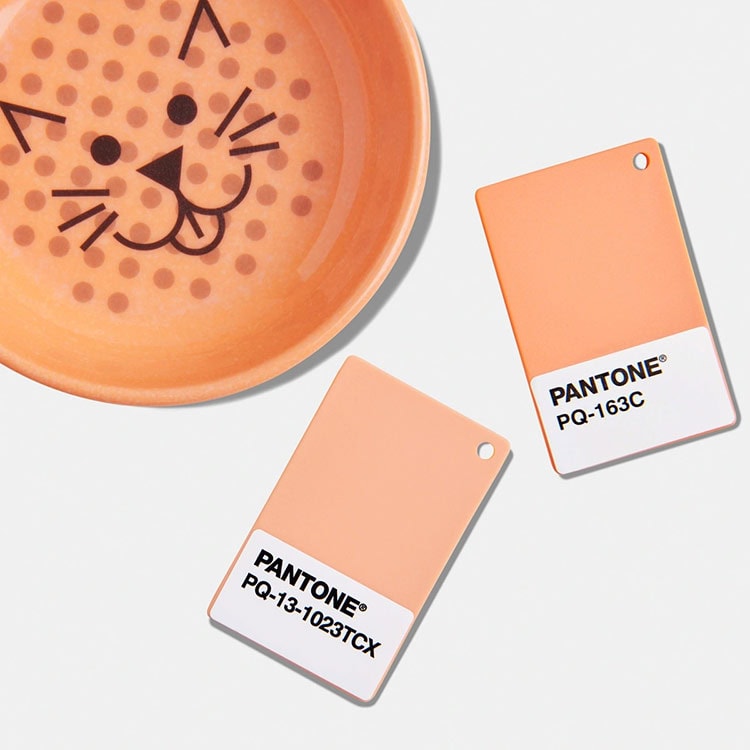Embracing Contemporary African Design: Lessons from Naomi Campbell’s Malindi Villa
In the ever-evolving world of interior design, trends can emerge from the most unexpected places. Today, we’re turning our attention to Contemporary African interior design, a style that’s poised to take center stage alongside other location-based design aesthetics. As we explore this emerging trend, we’ll look to the glitterati for inspiration, specifically focusing on supermodel Naomi Campbell’s stunning villa in Malindi, Kenya.
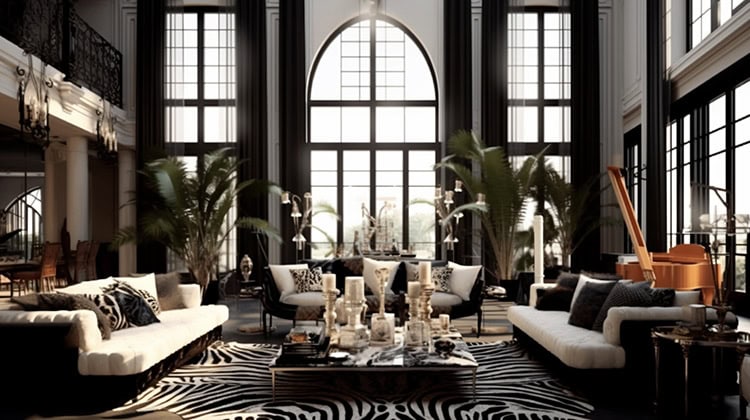
The Rise of Contemporary African Design
Contemporary African design is more than just a passing fad. It’s a rich, diverse style that draws from the continent’s vast cultural heritage and modern artistic expressions. Defined as design and decor created by artists, artisans, designers, and craftsmen from Africa and across the African diaspora (including African American and Afro-Caribbean creators), this style is gaining recognition for its unique blend of tradition and modernity.
Will it eventually be forever categorized under broader terms like “Bohemian” or “Eclectic”? The answer may lie in how celebrities and tastemakers embrace and showcase these elements in their own homes.
Key Elements of Campbell’s Malindi Villa
-
- Local Craftsmanship: The villa boasts work from local Kenyan artists and craftsmen, emphasizing the importance of supporting local talent and incorporating authentic pieces.
- Makuti Roof: The traditional Makuti (palm leaf) roof creates an open, airy feeling, blurring the lines between indoor and outdoor living.
- Moroccan Influences: Moroccan lantern chandeliers add a touch of North African flair, demonstrating how different African design traditions can be mixed.
- Authentic African Art: Campbell’s impressive collection of African masks and other art pieces serves as focal points throughout the home.
- Natural Materials: The use of local, natural materials creates a strong connection to the surrounding environment.
- Indoor-Outdoor Flow: Large openings and seamless transitions between indoor and outdoor spaces reflect a key principle of many African architectural traditions.
How to Incorporate Contemporary African Design in Your Home
Inspired by Naomi Campbell’s villa, here are some ways to bring elements of Contemporary African design into your own space:
- Invest in Authentic Art: Start collecting African art pieces, such as masks, sculptures, or textiles. Even one or two statement pieces can dramatically impact your decor.
- Embrace Natural Materials: Incorporate natural materials like wood, rattan, and sisal into your furniture and decor choices.
- Add Moroccan Lanterns: As seen in Campbell’s villa, Moroccan lanterns can add warmth and exotic flair. Place them on floors, tables, or hang them as pendants to create layers of light.
- Create an Indoor-Outdoor Feel: Use large windows, sliding doors, or even indoor plants to blur the line between interior and exterior spaces.
- Mix Patterns and Textures: African design often features bold patterns and rich textures. Don’t be afraid to mix different prints and materials.
- Support Local Artisans: Whenever possible, buy directly from African artisans or fair-trade organizations that support African craftspeople.
- Use a Warm Color Palette: Incorporate earthy tones like terracotta, ochre, and deep browns, accented with vibrant colors inspired by African landscapes and textiles.
- Incorporate Functional Art: Look for everyday items like bowls, baskets, or furniture that double as art pieces.
Celebrity Influence on Design Trends
Celebrities have long been trendsetters in fashion, and their influence extends into the world of interior design. Let’s explore how star power is bringing Contemporary African design into the spotlight:
- Global Exposure: When celebrities like Naomi Campbell showcase African-inspired interiors in prestigious publications like Architectural Digest, it exposes millions of readers to these design elements.
- Authenticity and Personal Connection: Many celebrities of African descent, like Campbell, are embracing their heritage through design, lending an air of authenticity to the trend.
- High-End Appeal: Celebrity homes often represent the pinnacle of luxury, positioning Contemporary African design as a high-end, desirable aesthetic.
- Cross-Cultural Appreciation: When non-African celebrities incorporate African design elements, it can promote cross-cultural appreciation and understanding.
- Inspiration for Designers: Interior designers often look to celebrity homes for inspiration, potentially incorporating African-inspired elements into their own projects.
Beyond Naomi: Other Celebrities Embracing African Design
While Naomi Campbell’s Malindi villa offers a stunning example of Contemporary African design, she’s not alone in her appreciation for this aesthetic. Let’s look at how other celebrities are incorporating African-inspired elements in their homes:
- Rihanna: The pop star and fashion icon has been known to incorporate African art and textiles into her eclectic style.
- Oprah Winfrey: Oprah’s home features a collection of South African art and artifacts, reflecting her connection to and investment in the continent.
- Will and Jada Pinkett Smith: Their home showcases a blend of various cultural influences, including prominent African art pieces.
- Lenny Kravitz: The rockstar-turned-designer often incorporates African-inspired patterns and textures in his interior design projects.
Challenges and Considerations in Adopting Contemporary African Design
While the rise of Contemporary African design is exciting, it’s important to approach it thoughtfully:
- Cultural Appropriation vs. Appreciation: It’s crucial to distinguish between appreciating African design and appropriating it. This involves understanding the cultural significance of pieces and supporting authentic artisans.
- Accessibility: Some authentic African design pieces can be expensive or difficult to source. It’s important to find ethical ways to incorporate this style that don’t exploit artisans or dilute the cultural significance.
- Avoiding Stereotypes: Contemporary African design is diverse and modern. Avoid falling into the trap of creating a stereotypical “safari” or “tribal” look.
- Sustainability: As demand for African design elements grows, there’s a need to ensure sustainable production practices that benefit local communities.
- Blending with Existing Decor: For many, the challenge lies in incorporating African design elements into existing decor schemes in a way that feels cohesive and personal.
The Role of Social Media in Popularizing Contemporary African Design
In today’s digital age, social media plays a crucial role in disseminating design trends:
- Instagram Inspiration: Platforms like Instagram allow for easy sharing of interior design photos, helping to spread Contemporary African design ideas globally.
- African Design Influencers: A growing number of African interior designers and influencers are gaining followings on social media, further popularizing the style.
- Virtual Tours: With features like Instagram Stories and IGTV, celebrities can give virtual tours of their African-inspired spaces, providing more in-depth looks at how to incorporate these elements.
- DIY and Upcycling: Social media has popularized DIY culture, encouraging people to create their own African-inspired decor pieces or upcycle existing items.
- Direct Artist Connections: Platforms like Etsy and Instagram allow consumers to connect directly with African artisans, facilitating the purchase of authentic pieces.
Sustainability and Ethical Considerations in Contemporary African Design
As Contemporary African design gains popularity, it’s crucial to consider its impact:
- Supporting Local Economies: Purchasing authentic African design pieces can provide vital economic support to artisans and communities.
- Ethical Sourcing: It’s important to ensure that materials used in African design pieces, such as wood or textiles, are ethically and sustainably sourced.
- Fair Trade Practices: Look for retailers and brands that engage in fair trade practices with African artisans and craftspeople.
- Preserving Traditional Techniques: The popularity of Contemporary African design can help preserve traditional craft techniques that might otherwise be lost.
- Eco-Friendly Materials: Many African design traditions use sustainable, biodegradable materials, aligning with current eco-friendly design trends.
The Future of Contemporary African Design
As celebrities like Naomi Campbell showcase elements of African design in their homes, it’s likely that we’ll see this style gain more mainstream recognition. The key to its longevity lies in its ability to blend seamlessly with other design styles while maintaining its unique character.
Contemporary African design offers a fresh perspective in the world of interior decor. It brings with it a rich history, a connection to nature, and a celebration of craftsmanship that resonates with many current design trends. As more people discover the beauty and versatility of this style, we may well see it take its rightful place alongside other celebrated design traditions.
Whether you’re looking to completely revamp your space or simply add a touch of African-inspired flair, the key is to approach it with respect and authenticity. By embracing the principles of Contemporary African design – supporting local artisans, celebrating natural materials, and honoring traditional craftsmanship – you can create a space that’s not only beautiful but also meaningful and unique.
As we continue to see more celebrity homes featuring elements of African design, it’s clear that this style is more than just a passing trend. It’s a rich, diverse aesthetic that offers endless possibilities for creating spaces that are both luxurious and deeply connected to cultural heritage. So why not take a page from Naomi Campbell’s book and bring a touch of African-inspired design into your own home?

